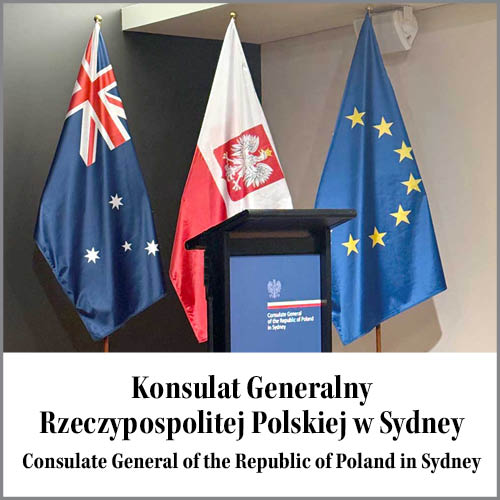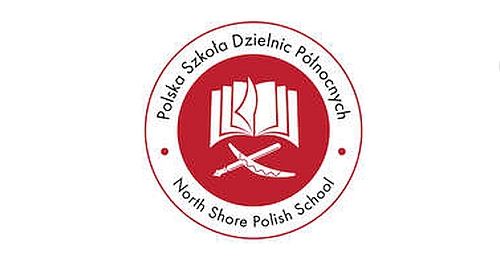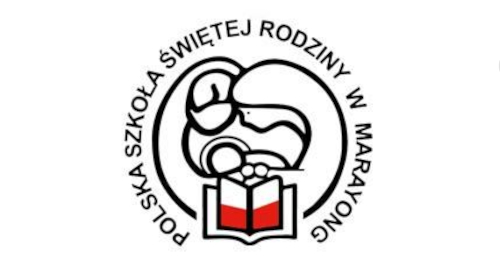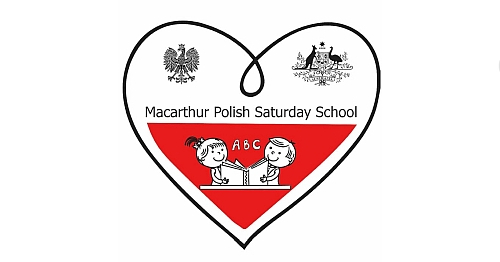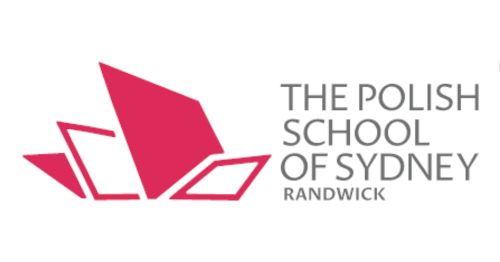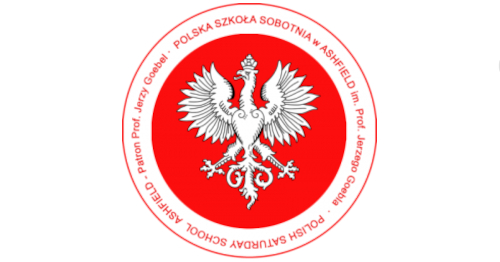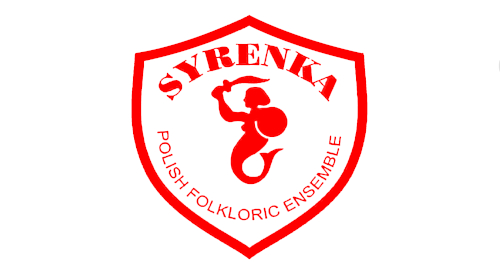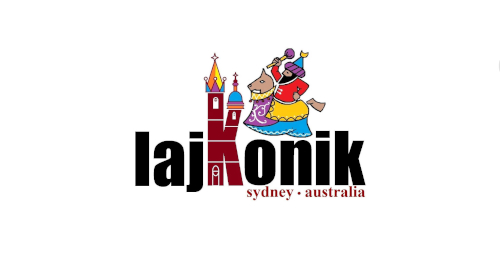A former Bourke doctor has been on the trail of one of the Bourke district’s remarkable residents. Dr Max Kamien was based in Bourke from 1970-1973 and worked as a locum in the years after that. In more recent times the good doctor has been something of an amateur detective, tracking down the story of Marcel (Max) Haim and his family, who ran the Victoria Hotel in Wanaaring.
Many others in the district may also recall Max, his wife Rita, and his mother-in-law Katharina who had a concentration camp number tattooed on the inside of her left arm. His diligent work paid off and Dr Kamien has now written the history of the man known as the Jew of Wanaaring’. The story appears below:
Marcel Haim was born in Wronki, a small town in the west of Poland, 100 kilometres from Germany, on 30 January 1920.
His parents were from Poland and both were murdered in the Sobibór concentration camp in Poland. When Marcel was a toddler, his father abandoned his mother leaving her impoverished. She struggled to look after Marcel and when he was 3 years, she placed him in a Jewish orphanage on the outskirts of Paris. When he was 9, his mother’s circumstances improved and she took him out of the orphanage to live with her in Berlin.
Marcel was athletic and became a competitive boxer. Early in 1939, three Hitler Youth decided to give him a beating. They came off second best and were hospitalised. Marcel had to leave quickly as he was now in mortal danger. He went to Genoa, Italy where The Melbourne Jewish Aid Society arranged passage to Australia on a British ship, the SS Largs Bay. He landed in Melbourne on July 4, 1939. His nationality appeared as ‘Stateless, formerly Polish’ and his occupation as ‘plumber’. He made his way to Sydney, got a job as an assistant plumber and later became a registered tradesman.
In 1940, Marcel enlisted in the Citizen Military Forces (Service No: N346753) and worked as a German interpreter. His integration into Australian and army culture was assisted by his boxing prowess that got him selected to fight in various service contests. He was never defeated. He served until 1945 and rose to the rank of sergeant.
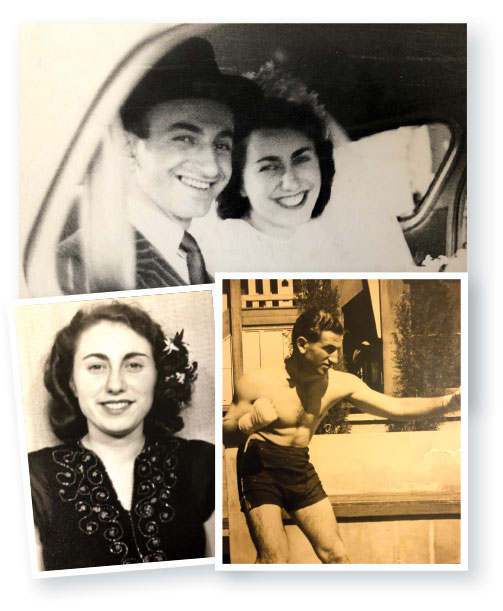
He married Rita Landmann at the Great Synagogue in Sydney on 20 June 1948. By this time the electoral role recorded that Marcel’s occupation had changed from plumber to salesman and his first name from Marcel to Max. He became a fully-fledged Australian citizen on the 30th April 1948.
In the early 1950s, Max bought a second-hand International truck and used it to sell clothing and other goods to remote towns and properties in the south-west of Queensland and across the border into far-west NSW. Hawking was profitable and with the help of a loan from Les Leigo of Moreland Downs and Ted Gleeson of Barrajong Station, Max bought the Victoria Hotel in Wanaaring.
An item in the the Western Herald, 18 April 1958, mentions that the new publican, Max Haim, was welcomed to the Hotel. Max was regarded as a smart operator and few itinerant customers tried to pass a dud cheque or try to ‘put one over the Jew’.
Colin Leigo, of Moreland Downs, Wanaaring, recalled that “Max Haim was a friend of my parents, who first turned up in an old International truck hawking clothing to the small towns of western NSW and south-west Queensland in the 1950s and 1960s. Max was grateful to my parents and Ted Gleeson for loaning him money, and always shouted Les and Ted to a couple of free beers.”
After the hotel was built in 1964 Max put in a series of managers while he continued hawking. There was a manager there when the hotel burnt down in 1970. Max came back after the fire and sold beer from a laundry that was still standing. After the hotel was rebuilt, Max continued to use managers while he ran a members stand bar a Sydney’s Harold Park trotting paceway. He sold the hotel in 1984.
Max was solidly built, muscular, not fat and had dark wavy hair. He was quietly spoken with a deep “Jewish voice”. He was hard working; no day was too long for him. He was a kind genuine bloke, very community minded and always gave donations to sporting events and community organisations especially the Bush Nurses Association.
After Sunday sporting events he would provide alcohol through the back door of the pub, since Sunday trading was only legal for itinerant travellers. A lot of single men came to stay in Wanaaring between jobs. They would put their money on the tab and drink for several days until the money had run out. Max found them work so that they had a bit more money to either keep drinking or to move on to the next town.
Max was known in Wanaaring as ‘the Jew’. This did not seem to worry him in the least.
Auntie June Smith, a Bourke Aboriginal elder of my long acquaintance remembered Max, stating that ‘Many of the older Aborigines were sometimes employed by him. They spoke well of him’.
Max worked at Harold Park until 1986 when he was diagnosed with cancer. He died on 6 March 1987 aged 67. He is buried in the Jewish section of the Macquarie Park Cemetery. The inscription on his grave reads: In Memory of Marcel Haim – Husband of Rita– Father of Geoffrey.
Dr Kamien has also traced the history of Marcel’s wife Rita:
Rita’s family came from Poland. Her father, Shimon Landmann, married Katharina Sattler who was Catholic but converted to Judaism. The Landmann family moved to Berlin where they opened a leather processing factory and became quite wealthy. Rita was born as an only child in Munich on 7 September 1925. She did not receive any secondary school education and became a seamstress. In 1938, Shimon got prior warning that the Nazis were going to confiscate his home and business. He was able to bribe his families’ escape through Switzerland to Italy from where he paid his family’s passage on a boat that was supposed to take them to Palestine. Instead they were abandoned in Benghazi, in the then Italian colony of Libya.
In September 1943, King Victor Emmanuel III, had Mussolini arrested and declared that Italy was now on the side of the Allies. This precipitated a civil war with the Germans occupying North Italy and its colony of Libya. All Jews were arrested and deported to concentration camps.
Rita’s mother and father were transported to Auschwitz and Rita, then 18 years old, to the women’s concentration camp of Ravensbrück. Rita became a slave labourer making army uniforms. In her last years these experiences came back to haunt her when she refused to use the toilets at Westmead Hospital, insisting that they were gas chambers.
Rita’s father perished, but her mother – also a seamstress was able to work and was transported to Belsen. She survived with an Auschwitz tattoo on the inside of her left arm.
After liberation from the camps, Rita and her mother each believed the other to be dead. Both were issued a UN passport and both went to live in France. Rita’s mother was able to make a living in the clothing industry. Rita got a job in the Marseille UN passport office. A co-worker told her that she had met a woman who could be her mother. This was not the case, but that woman did know her mother. Mother and daughter were reunited and continued to live in Marseille. They intended to go to America but found it was much easier to get a visa to migrate to Australia.
Rita Landmann and her mother, Katharina boarded the Australian coastal steamer, SS Marella and landed in Sydney on 24 June 1947. They found work as machinists in a firm called ‘Colasto’ that made women’s underwear. The firm offered Rita modelling opportunities but her mother thought that was not a proper occupation for a young lady.
In later years the Haim and Landmann families made a family tree. Of the 97 members living in Europe before WW2, only 8 survived.
Rita worked in the Victoria hotel and served female clients in the Victorian styled ‘Ladies Lounge’. She liked the people of Wanaaring and formed a close friendship with the pub cook Dot Hurst. However, Rita did not like living in the tiny, remote and swelteringly hot township of Wanaaring. She would visit Wanaaring with her son Geoffrey during the school holidays, but during the school term she lived in the quiet Sydney suburb of Cheltenham.
Rita’s mother Katharina Landmann was born on November 19 1899 and died on April 28 1990.
She was a revered person, even during her struggle for survival in WW2. She died age 90 and is buried in the Jewish section of Macquarie Park Cemetery.
Max and Rita’s son, Geoffrey Simon Haim, was born in Sydney in 1950, and educated at Trinity Grammar School. He sang well and became the head chorister. Trinity was high Anglican and did not excuse students of different religions from its religious ceremonies. While at school Geoffrey converted to the Anglican Church. He now describes himself as a lapsed Christian and Jew.
When he was 19 years of age he became a boundary rider at Nocoleche Station that stretched from just south of Wanaaring up to the Queensland border. His companions were a horse and a Collie dog. Geoffrey completed an economics degree from UNE and worked, until his retirement, in Unilever’s Edible Oil factory in Balmain.
He is in poor health and lives with his son, Simon and his family in Baulkham Hills close to where Rita was in residential aged-care.
Geoffrey is in poor health. He lives with his son, Simon (b18/10/1984), daughter-in-law Sarah (28/5/1987) and their two children Eden-Rose (7/8/2017) and Delilah (5/3/2019). They live in Baulkham Hills close to where Rita was in residential aged-care. Geoffrey was married to Jenetta Frostig.
Those who live 200km west of the ‘black stump’ at the Back O’Bourke in the Far West of New South Wales have to learn to survive and adapt to isolation and the vagaries of its harsh climate. Max Haim, ‘the Jew’, managed to do this. But before that he, his wife and mother-in-law had to survive the horrors of Nazi Europe. They are an example of the courage of the human spirit. Their story needs telling and it has been my privilege to tell it.
Dr Max Kamien
Author of the Dark People of Bourke, and a victim of a 50-year ‘love affair’ with all the people who live and struggle in that iconic town.
First published in The Western Herald

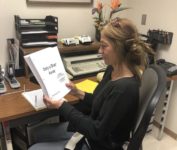


 USD
USD  AUD
AUD  CAD
CAD  NZD
NZD  EUR
EUR  CHF
CHF  GBP
GBP 